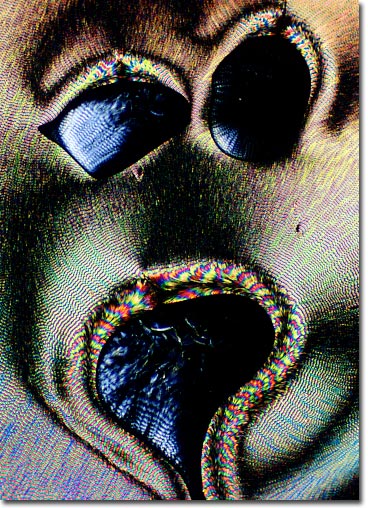|
Vitamin C has a simple chemical structure, yet this nutrient has an important role in intracellular formation of the body's most abundant protein, termed collagen. Collagen provides the foundation upon which tendons, ligaments, skin, and bones are formed. The water-soluble vitamin fulfills its role by hydroxylating proline and lysine, two amino acids that are indispensable to the body's production of healthy tissue, in a process called oxidation-reduction or redox. The vitamin C deficiency disease, scurvy, results when the body is unable to hydroxylate proline due to an inadequate supply of vitamin C. The affliction, which results from weakened collagen fibers, is manifested in rotting teeth, slow healing, and open sores on the skin. Many scurvy symptoms can be corrected by proper intake of ascorbic acid. As a relatively strong reducing agent, this water-soluble vitamin also serves as an anti-oxidant to protect cells from damage by free radicals. Some plants and animals are able to produce their own ascorbic acid because they have a cascade of enzymes that can transform glucose into ascorbic acid when needed. Interestingly, somewhere in the chain of evolution, humans either lost or never developed the enzymes that that can manufacture vitamin C, and therefore are dependent on dietary intake of ascorbic acid.
|
